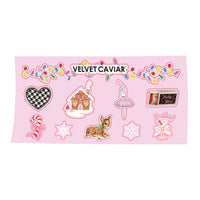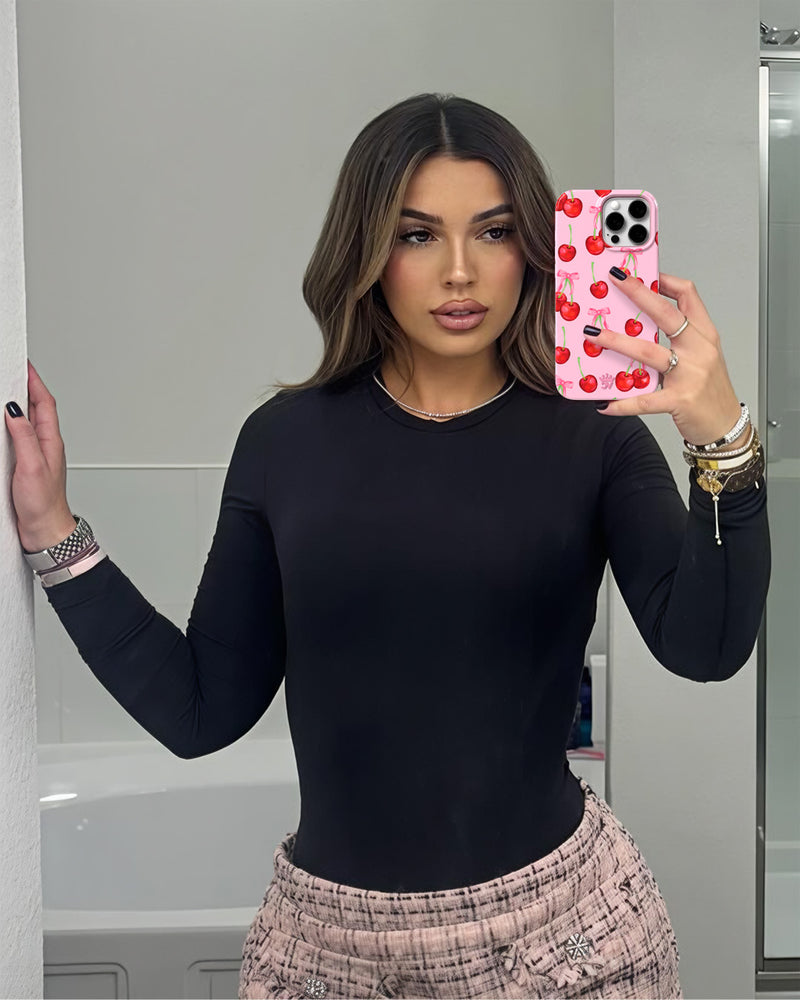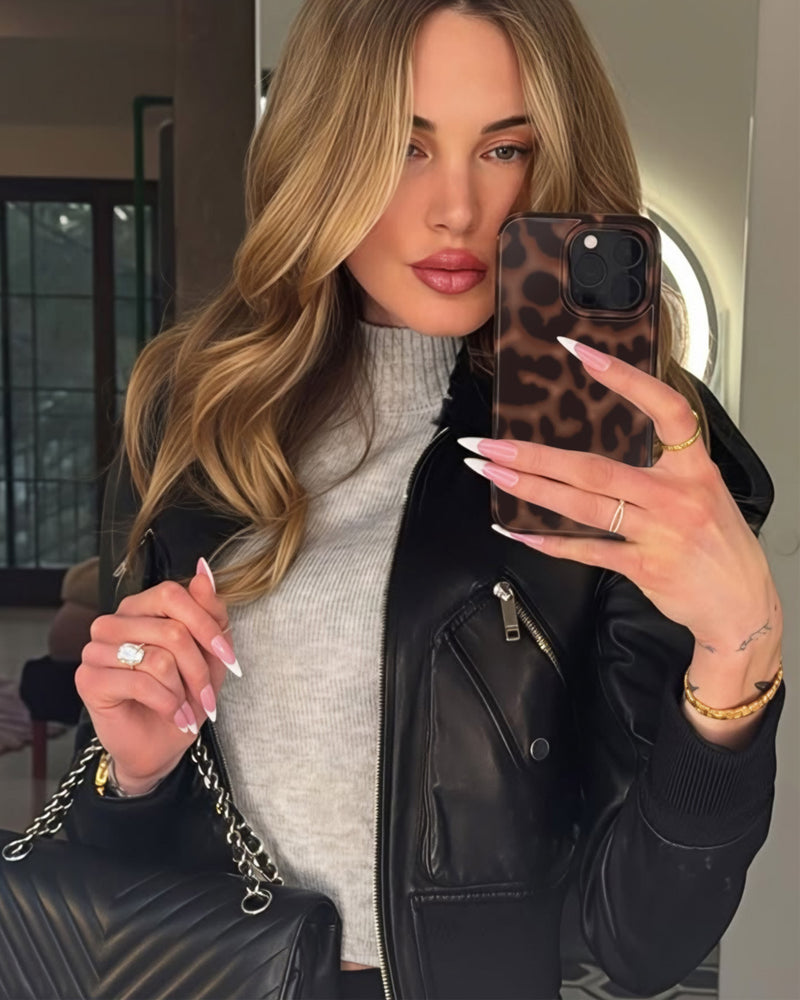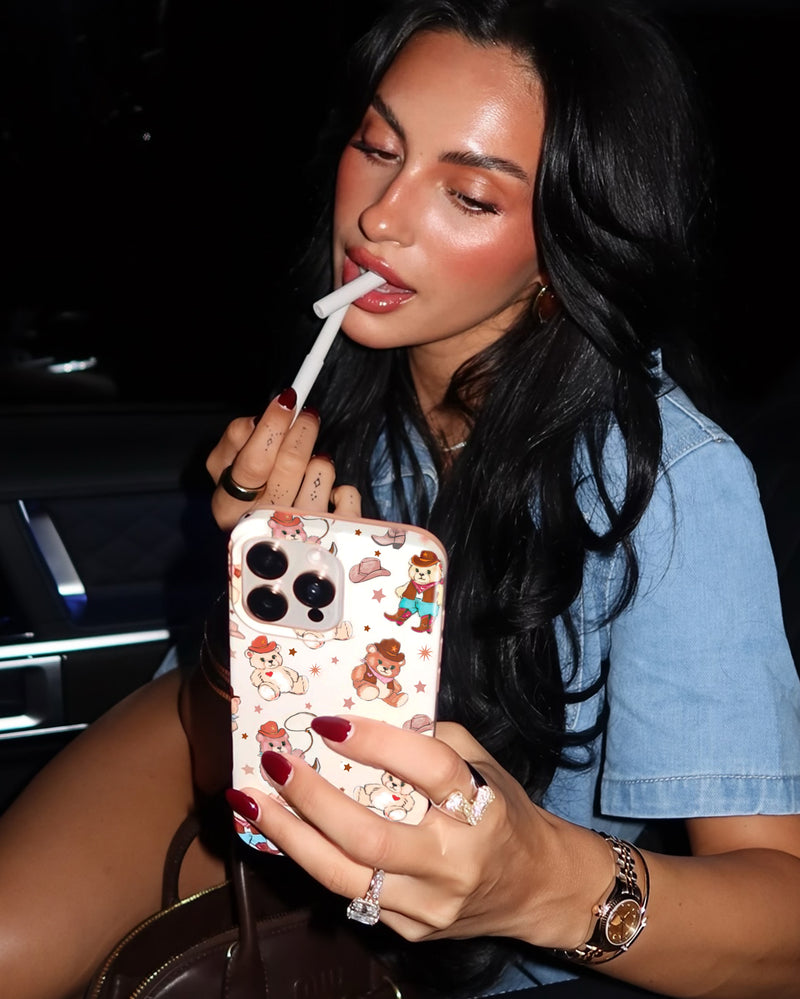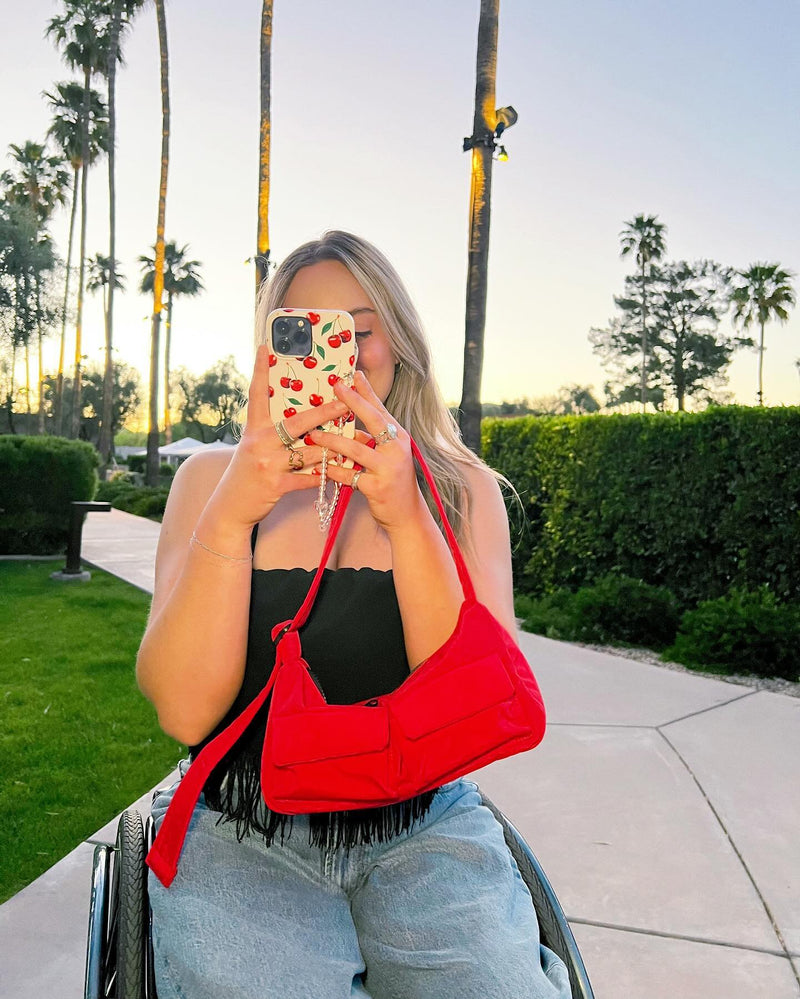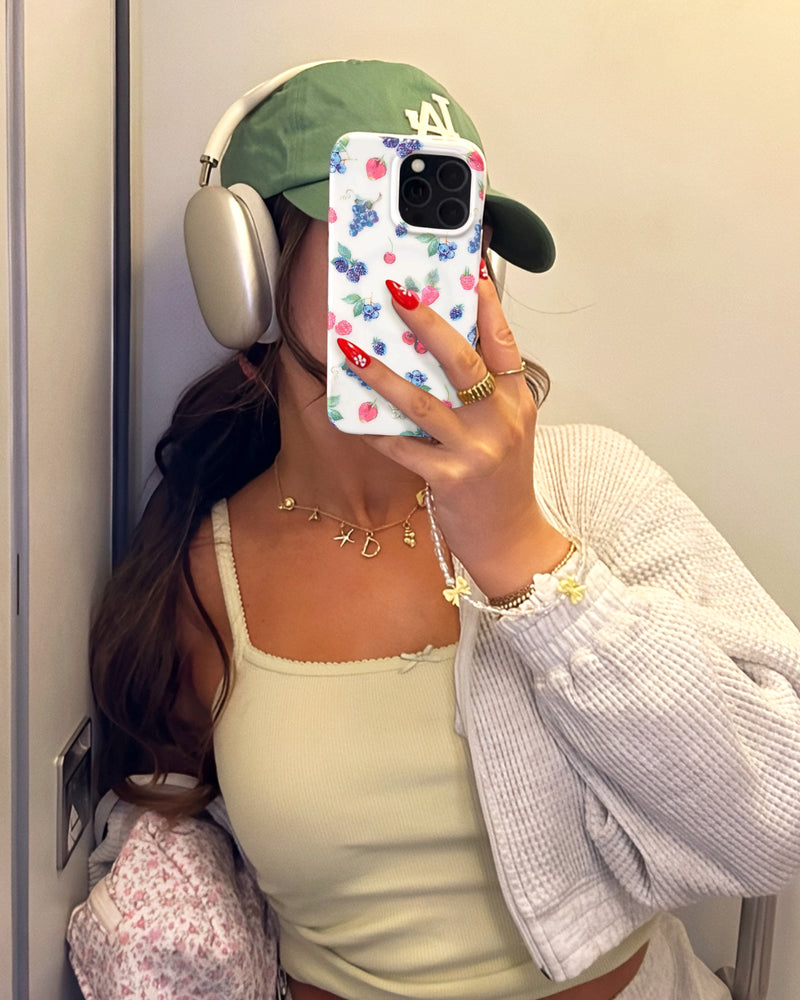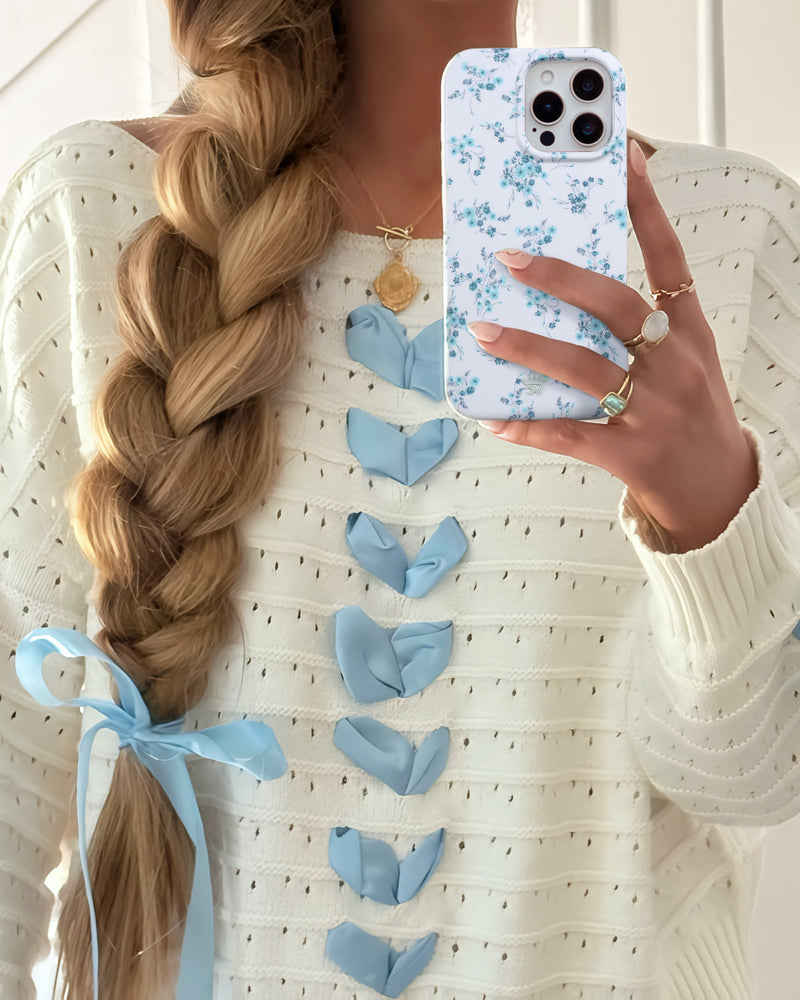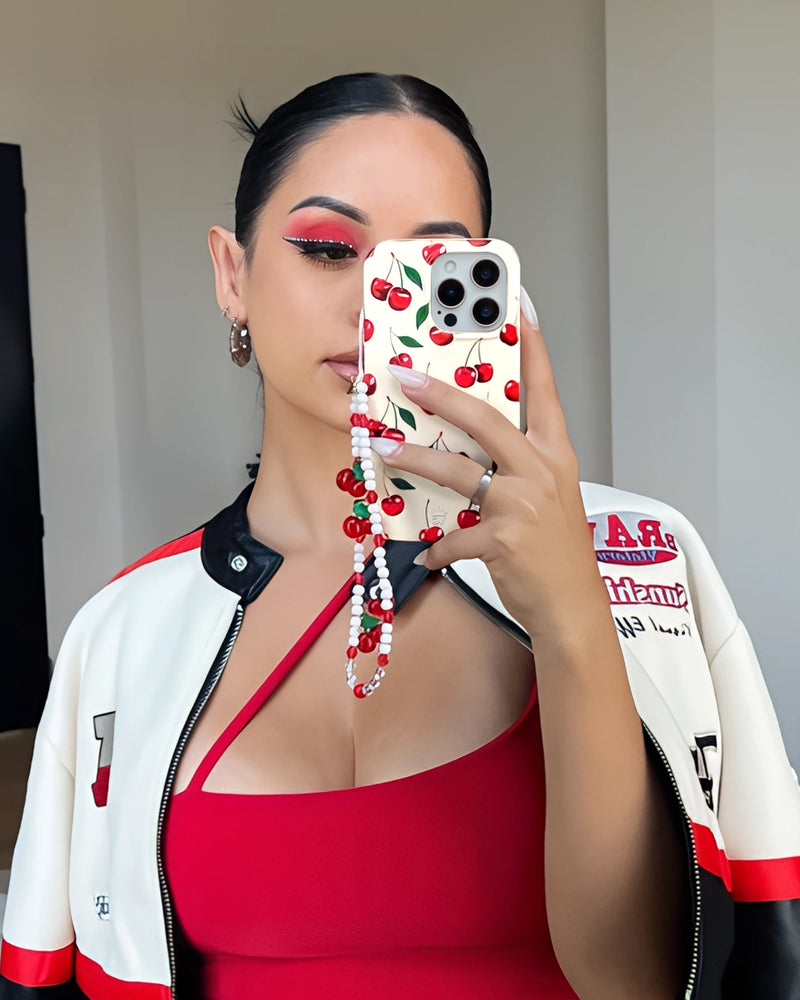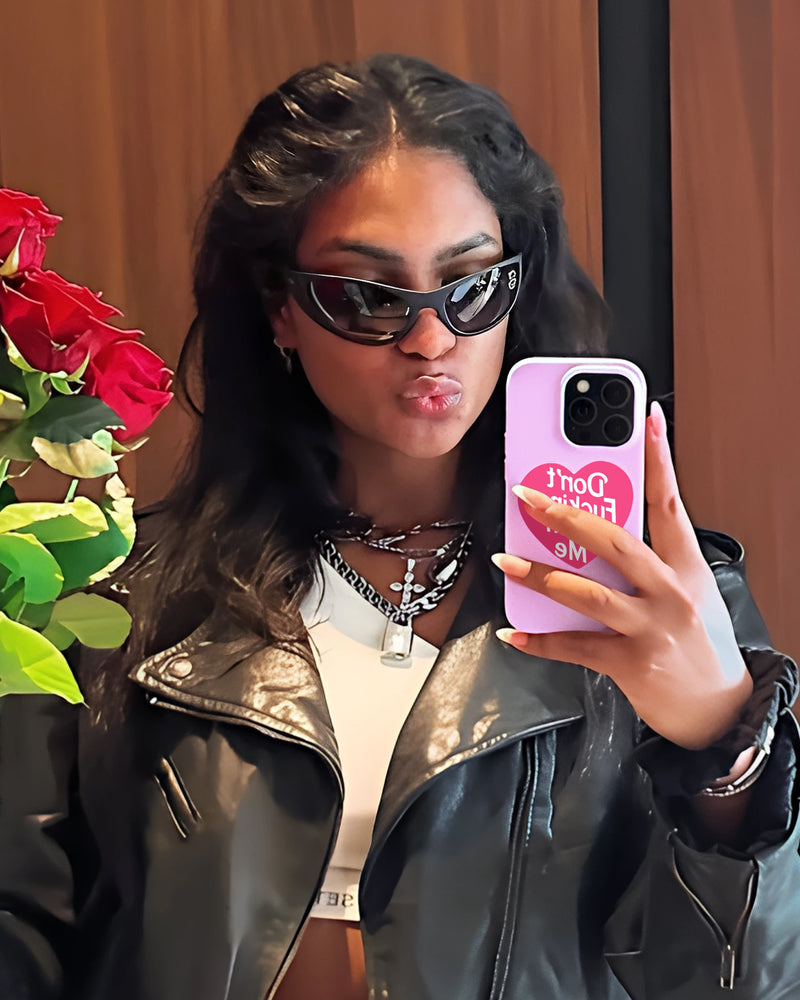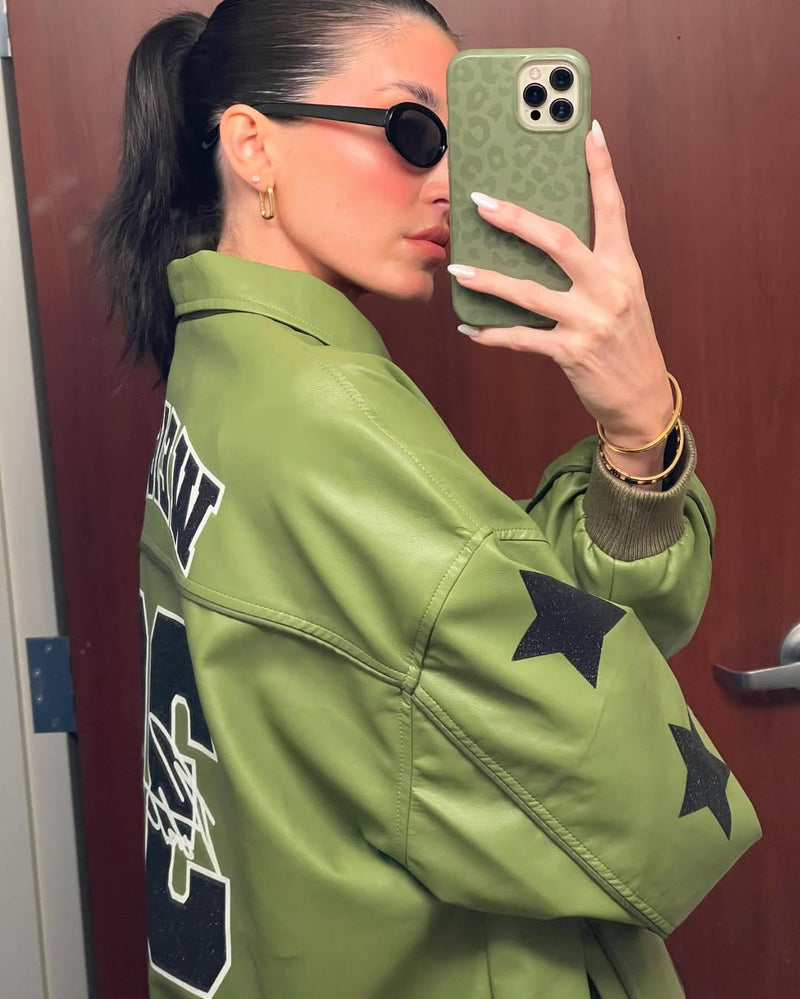The Aesthetic Era: Why Personal Style Is All About the Details Now
by Sam N. • May 02, 2025
Not too long ago, fashion was all about the big picture - statement coats, designer logos, loud silhouettes. But something’s shifted. We’re in the era of micro-expression. It’s no longer just what you wear, but how you style the tiny, intimate pieces that orbit your daily life: your phone case, your earbuds, your lock screen background, your digital calendar widgets. Welcome to the Aesthetic Era.
This isn’t just a trend, it’s a full-blown cultural shift. The rise of personal style in 2025 is all about the details, and as someone who’s worked with thousands of customers at the intersection of fashion and tech, I’ve seen this unfold firsthand. Here’s what it really means and why it matters more than you think.
Why ‘Aesthetic’ Isn’t a Buzzword Anymore

In the 2010s, calling something “aesthetic” felt like Instagram talk. Now, it’s how entire digital identities are built. The term has matured. It’s not just about looking good—it’s about cohesion, storytelling, and a sense of personal alignment.
Think about it: your outfit might be neutral and understated, but your case? Maybe it’s a neon checkerboard. That tension is the aesthetic. It’s what sets apart curated personal style from off-the-rack fashion.
Aesthetic choices now serve as emotional cues. They can say “I’m chill,” “I’m chaotic good,” or “I will absolutely send a follow-up email at 3AM.” People curate entire moods through textures, fonts, and even the hue of their screen protector tint.
On TikTok and Pinterest, searches for terms like "dark academia home screen" or "clean girl desk aesthetic" are exploding. We’re seeing micro-environments being curated with the same care once reserved for entire wardrobes. And it’s intentional—these small visuals help shape emotional tone, mental focus, and even social confidence.
The Power of Small Details

There’s a reason people zoom in on accessories in viral videos. The details are where the personality shows up.
When I got my first velvet-backed phone case, I didn’t think much of it. But within days, friends were asking to touch it. It became a conversation starter. A tactile experience. Something that felt personal. That’s the power of details.
Some of our customers at Velvet Caviar have even told us they match their phone cases to their nails, or their weekend bag, or their energy for the month. One woman said she changes her case to signal a “mood shift.” Her partner knew to give her space when she switched to her all-black matte grip case. No joke.
Another user in our community posted a reel of their “Sunday reset”—cleaning, organizing, then switching out their case and lock screen to match their goals for the week. It’s not just fashion—it’s a ritual.
These choices aren’t surface-level—they’re part of how people express control, creativity, and confidence.
Micro-Aesthetics Are the New Fashion Archetypes
We used to describe personal style in broad strokes—preppy, punk, minimalist, grunge. Now we’re seeing niches like:
-
Clean Girl Aesthetic: dewy skin, gold hoops, beige phone case, minimal widgets.
-
Gamer Babe Core: RGB lights, metallic chrome cases, matching tech grips.
-
Softcore Kawaii: pastel cat motifs, plush charms, cloudy wallpapers.
-
Baddie Tech: long stiletto nails, glitter-infused grip rings, glam phone stands.
-
Indie Internet Girl: scrapbook-style cases, frog icons, mismatched layers of nostalgia.
-
Hyper-Organized Minimalist: monochrome grid wallpapers, smart widgets, cases that match their Notion dashboards.
These categories didn’t come from fashion houses - they came from TikTok, Discord servers, Pinterest boards. They’re digitally native, user-generated, and deeply personal.
These “micro-aesthetics” are less about identity and more about vibe. And in this era, vibe is everything.
Digital Real Estate = Style Space
Your phone is the most visible accessory you own. Think about how many times a day you set it down on a table, take a mirror pic with it, or text in public. It’s like a handbag, except it has your entire life inside of it.
Now think about your phone case. Your AirPods. Your iPad cover. Even your desktop wallpaper. These aren’t just tools—they’re fashion layers. And they’re taking up more and more space in how people see and express you.
In fact, for Gen Z and Gen Alpha, the phone case is often more important than the bag. When we ran a small customer survey, 73% said they’d rather invest in 3 new cases per season than one new purse. That’s huge.
Even fitness influencers curate their tech. From Apple Watch bands that match their sneakers to coordinating iPad setups for digital planners—it’s all part of the look.
In one influencer shoot we produced, the entire scene was styled around a lavender aesthetic: the case, the nails, the iced coffee cup, the throw blanket in the background. That attention to cohesion drives engagement because it tells a visual story.
Why It Feels So Good to Curate

Here’s the psychology behind it: curating small details gives us a sense of control in an overwhelming world. When life feels chaotic, picking the right wallpaper or matching your grip ring to your current mood can feel grounding.
Personally, I’ve noticed this every time I go through a transition—moving apartments, ending a chapter, even starting a new job. I’ll change my case. I’ll change my Apple Watch band. I’ll rearrange my widget layout. It’s my way of signaling a new era to myself.
We’ve had customers say they switch to brighter tones when they're feeling hopeful or more muted palettes when they need to feel calm. These are micro-adjustments with real emotional impact.
There’s something empowering about crafting an environment—digital or physical—that reflects who you are and how you want to feel.
How Brands Can Keep Up (Without Selling Out)
As someone who works on the product and storytelling side, here’s what I’ll say to brands: stop trying to define people. Start designing for their moods.
Give your customers modularity. Let them stack accessories, swap grips, and build kits that evolve with them. Avoid the trap of assuming one “look” defines a person. The same customer might want pastel florals one month and chrome skulls the next.
Stay close to the aesthetic ecosystem. Watch how your audience is styling your products on social. Curate content with them, not just for them.
And most importantly don’t just sell a vibe. Build for it. Design for how it feels and how it functions.
Brands that win this decade won’t be the ones shouting the loudest. They’ll be the ones listening to the details.
Actionable Takeaways
If you’re someone looking to express yourself in 2025, here’s what I recommend:
-
Start with one layer: Your phone case, your desktop wallpaper, or your watch band. Pick one thing to curate intentionally.
-
Moodboard your month: Set the tone with color palettes or themes that match your current goals or headspace.
-
Build with modularity in mind: Use magnetic accessories, interchangeable grips, and layered textures.
-
Rotate with intention: Align your setup with the seasons, your mental state, or even your playlist.
-
Explore and play: Try a style that’s completely opposite of your default. Aesthetic play is part of identity evolution.
-
Use aesthetics as signals: Send messages to yourself or others about your current mode—rest, work, grind, glow-up.
-
Share what inspires you: Moodboards, swipe folders, or TikToks about your aesthetic journey can help others find their own.
Final Thoughts

We’re not in the age of “one-size-fits-all” anymore. We’re in the aesthetic era—where micro-choices matter, and personal style lives in the details. It’s not just how you look. It’s how your accessories feel, how your setup reflects your mood, how your tech becomes part of your wardrobe.
Curating isn’t superficial—it’s a form of care. A digital love language. A way of showing up for yourself, even in the smallest of ways.
If the last decade was about identity, this one is about intimacy. And that intimacy shows up in the fonts we pick, the textures we touch, and the color palettes we carry.
And honestly? I love it here.

